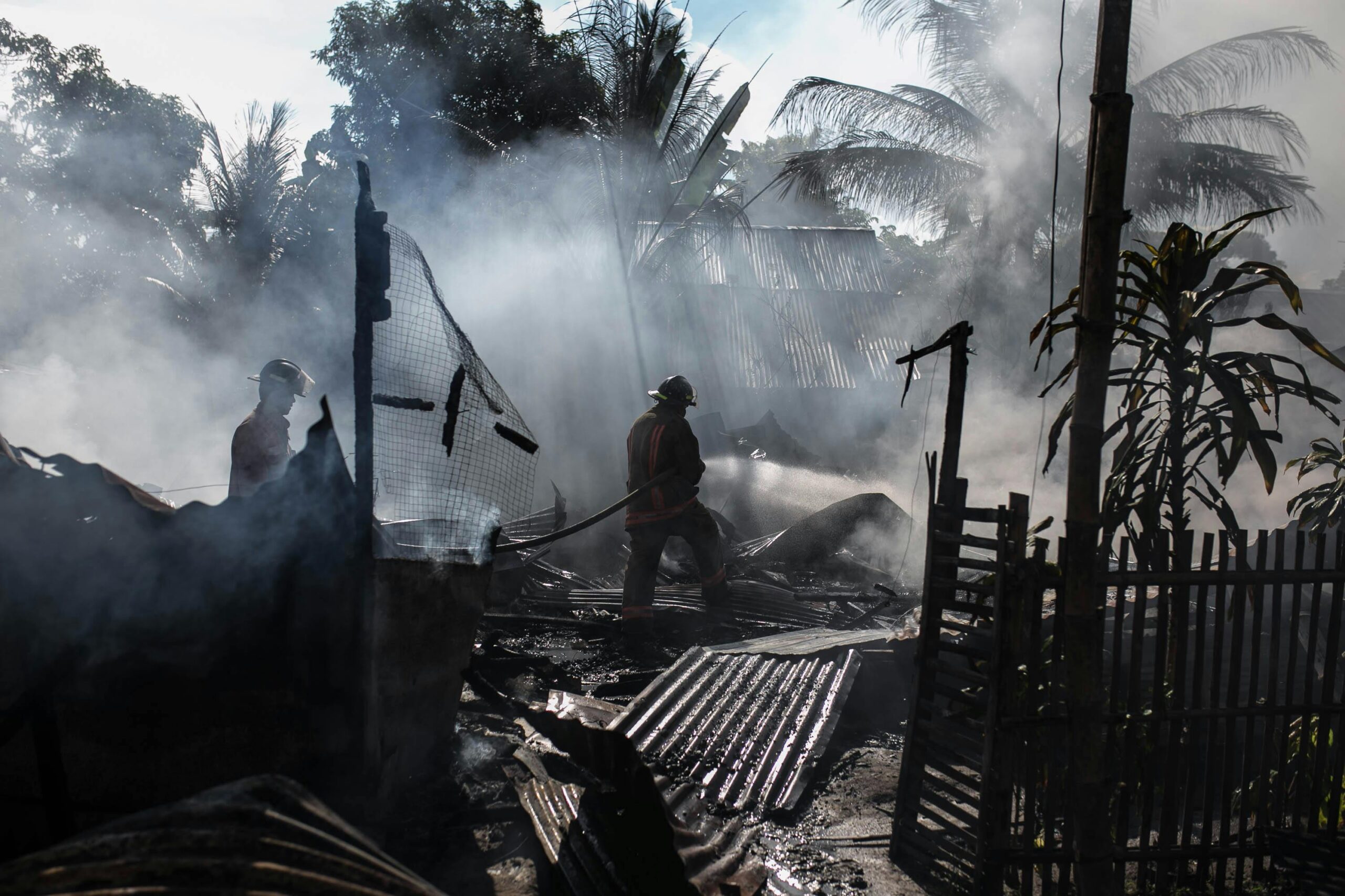Hurricane Helene has highlighted the need for all individuals and businesses to have a disaster recovery plan. The storm blasted through Florida’s Big Bend region last week, then went on to carve a path of rain-soaked destruction through western North Carolina and eastern Tennessee. Millions have been and continue to be without power, water, and internet. While caring for the lives of the people impacted is all that matters in the short term, disruptions to business are also harmful to communities in the long term. Having a disaster recovery plan can help.
This particular disaster has impacted every type of business, particularly in the flooded zones of Tennessee and North Carolina. A hospital in Unicoi County, Tennessee, is a total loss after the building was rapidly inundated, forcing over 50 staff and patients to the roof for evacuation. The town of Spruce Pine, North Carolina, is one of the world’s top sites for mining the high-purity quartz that is critical to the global semiconductor industry. The mine halted operations due to the storm and subsequent flooding. Once the mining company has accounted for all employees and their family members, they will begin to assess their facilities and the railroad lines that transport their products.
While they don’t all make headline news, hundreds of other businesses in these areas are dealing with compromised systems, damaged worksites, and employees who are unable to work due to lack of power or internet, or even loss of homes. Hopefully, these businesses have disaster recovery plans to lean on as they deal with this catastrophic event.
Incidents and Disasters
First, let’s clearly define “incidents” and “disasters” in terms of business continuity planning.
An incident is simply something that has happened–technically, incidents are neutral until fully investigated. An incident might include the loss or theft of a device; unauthorized system access; a bug in production code; or a systems or tools outage. Many incidents have security impacts, but they must be investigated via incident response protocols to determine the severity of that impact and next steps.
A disaster has a large scale impact on an organization and its systems, people, and properties. Not all disasters are security events but many are. Disasters include natural phenomena like earthquakes, floods, and storms; fires; and pandemics. A disaster is unmistakable–no investigation required. You know from the start that it will temporarily, or even permanently, change the way your business functions.
Plan Development and Enhancement
Through a blend of planning, training, and simulated response exercises, organizations can enhance their preparedness, resilience, and ability to minimize the impact of unexpected events.
A detailed incident response plan (IRP) will outline procedures for identifying, responding to, and recovering from security incidents. This type of plan should define roles and responsibilities, communication strategies, and escalation paths.
A disaster recovery plan (DRP) specifies the steps for restoring critical business functions and IT infrastructure following a disaster. The plan focuses on minimizing downtime and data loss.
Businesses should ensure that their IRP and DRP are integrated with their broader business continuity strategy, ensuring a holistic approach to organizational resilience. These plans should also align with industry standards and regulations.
How Can Asylas Help?
Asylas offers consulting services to help ensure that incident response plans and disaster recovery plans meet the goals listed above. We do this through review and enhancement of existing plans; the design and facilitation of tabletop exercises; training and awareness campaigns; and implementation support.
Tabletop exercises are crucial to identifying gaps in plans and areas for improvement. We craft realistic, customized scenarios for tabletop exercises that simulate various types of incidents and disasters relevant to your organization. These scenarios are designed to test different aspects of the IRP and DRP. Then we facilitate these tabletop exercises with key stakeholders, guiding participants through the scenarios to evaluate the effectiveness of the plans and readiness of the teams. This interactive process encourages discussion and allows us to provide feedback and recommendations.
Custom training and awareness campaigns help disseminate the plans throughout your organization. Asylas can develop and deliver custom training programs tailored to the specific roles and responsibilities of your IRP and DRP. Our awareness campaigns include sharing best practices, tips, and lessons based on tabletop exercises and real incidents.
Finally, Asylas is here to provide support during the implementation of your updated IRP and DRP, ensuring that all components are operational and understood by the relevant teams. We can also provide a schedule for regular testing of your plans through additional exercises, drills, and reviews. Regular testing and revision keeps your plans current with evolving threats, technological changes, and business growth.
The Best Response
As we look on with dismay at the catastrophic aftermath of Helene and other disasters, the best response is to first make a donation to recovery efforts (we like Operation AirDrop and All Hands and Hearts) and, second, to revisit your own personal and professional disaster recovery plans.
If you’re not sure that your business’s plan is up to date or effective for the current threat landscape, Asylas would be happy to help. More information about our Incident Response and Disaster Recovery Planning services are available on our website.
Reach out to Asylas at 615-622-4591 or email info@asylas.com. Or complete our contact form.




